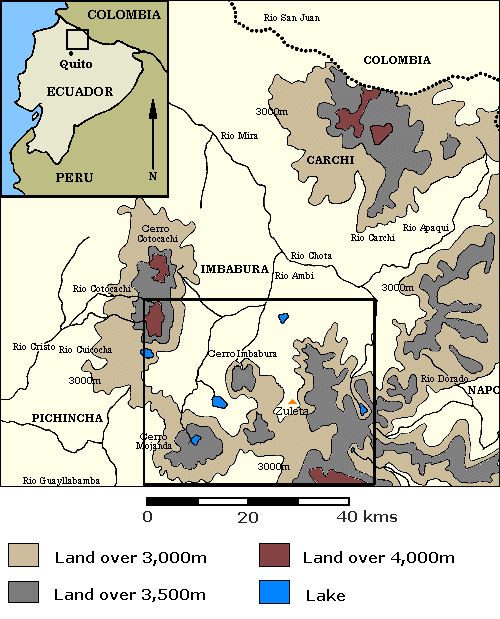
Figure 1b. The northern highlands of Ecuador - click to zoom into region (Figure 1c).
Founded in 1691, Hacienda Zuleta is one of several large haciendas located in the interandean valley of Ecuador's northern sierra, dating to the period shortly after the creation of the Audiencia of Quito. Located 14km due east of Lago San Pablo in the northern sierra province of Imbabura, the hacienda lies in the flat river-bottom land of the Río Tahuando at an altitude of some 2,900m above sea level. The region enjoys great environmental diversity with a topography distinguished by rolling mountain landscapes of ancient lava flows from the surrounding volcanoes, intermontane basins and fertile river valleys

Figure 1b. The northern highlands of Ecuador - click to zoom into region (Figure 1c).
The valley within which the hacienda lies is drained by the Río Tahuando which flows northward towards the region's principal town Ibarra, founded early in the 17th century. Above the valley bottoms and lower cultivated hillsides the mountains rise steeply to over 4,000m and here lies tierra fría - the treeless páramo - still refuge to the Andean condor. The climate here is characterised by a bimodal distribution of rainfall with an annual average of some 1,000mm, the peak precipitation levels occurring between March and May, followed by a dry season commencing in June and lasting to September. A brief 'veranillo' or dry spell may occur in January and February, before the spring rains begin again. Temperatures conform to an even 68°F/14°C daily mean throughout the year, dropping sharply at night when radiation frosts may occur.
The region has a predominantly mixed agrarian economy supporting a large population of indigenous Quichua-speaking Andean groups, with their distinctive dress, customs and rituals, living in small farmsteads which scatter the hillsides.

Figure 3. Zuleta, looking south-east towards Cerro Cayambe across indigenous chacras
The main crops raised in the chacras here are maize in its several forms, together with some wheat and barley and varieties of pulses: lentils, beans, peas, lupines and a variety of different tubers (different varieties of potatoes, mellucu, oca) together with some sheep and dairy farming. More recently, the region has become famous for the production of embroidered textiles - a cottage industry engaged in by the majority of the indigenous women based in their own homes - which are then sold locally or to the main tourist centres.
© Internet Archaeology
URL: http://intarch.ac.uk/journal/issue10/currie/2sec.html
Last updated: Thu Apr 5 2001